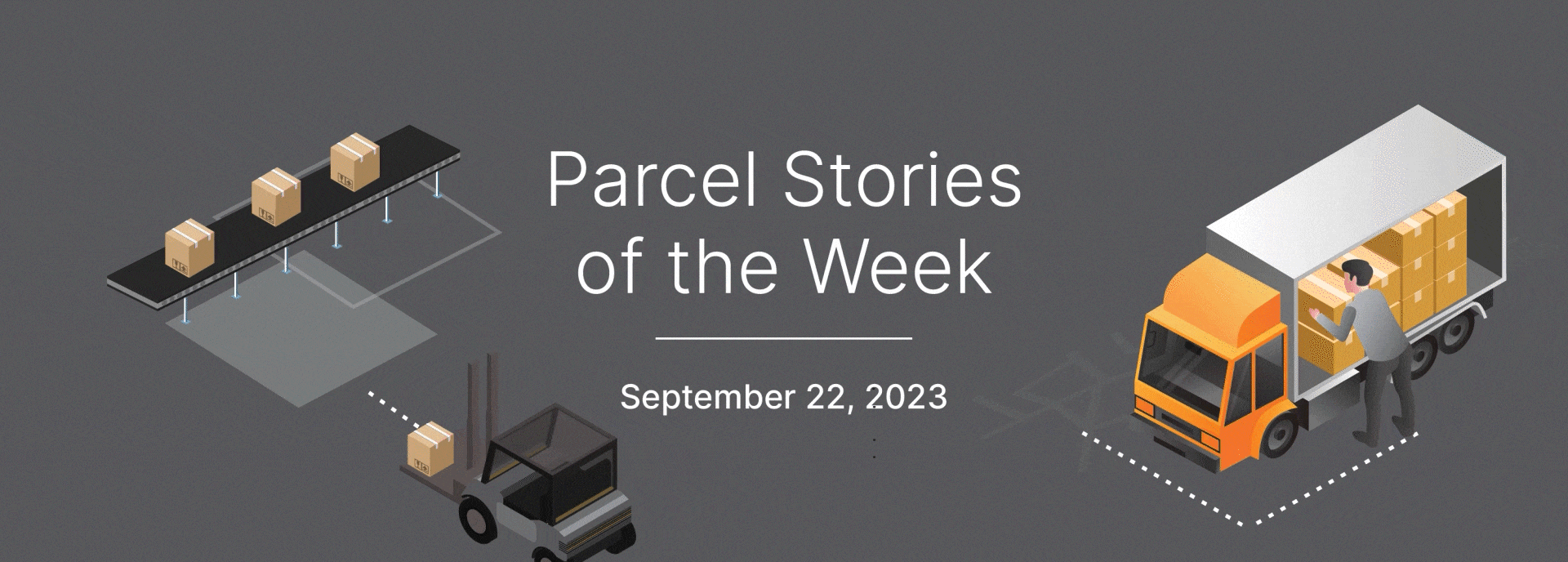This week in parcel, the industry players are fighting to win volume as we approach peak season, and the USPS has thrown its card in the ring by announcing it will not impose peak season surcharges.
Startups are also looking to steal volume from major carriers by leveraging zero-emission deliveries. Can they keep costs low enough to be competitive and stay afloat?
Lastly, truck tonnage increased slightly in August.
The USPS is forgoing peak surcharges for the holiday season
For the first time since 2019, the U.S. Postal Service will not institute peak season surcharges during the holiday season.
The USPS began implementing surcharges in 2020 during the COVID-19 pandemic as demand surged. This year, however, the agency no longer believes the peak season surcharges are necessary.
The Postal Service believes removing peak season surcharges can provide a competitive advantage and result in increased volume. FedEx and UPS, of course, are still implementing peak season Demand Surcharges starting this October.
The USPS has increased its processing capacity this year, as well, and is hiring 10,000 seasonal employees to assist with the surge in volume.
Our take: Though not immune to surcharges, the USPS is an appealing option to many shippers due to the simplicity of its pricing and its commitment to prepare for the increased volume.
Read more here.
The race for zero-emission deliveries heats up
A growing number of startups in Europe and the U.S. are entering the market to fulfill the demand for zero-emission last mile deliveries.
These independent startups look to take market share from larger carriers, like FedEx, which are still ramping up their greener deliveries. Startups focusing on emission-free deliveries have collectively raised $1 billion.
Despite the demand, however, these startups face numerous challenges. The biggest is pricing. To be competitive, startups need to scale quickly and keep prices low. This challenge could make them acquisition targets more than independent competition.
Another challenge is vehicle size, as startups typically use smaller vehicles.
Our take: Look for major carriers to continue to add new technology and “green” options to their delivery services. The demand is there, and pressure from startups could expedite zero-emission delivery operations from larger carriers.
Read more.
Truck tonnage makes slight gains
Trucking volume increased slightly in August, up 0.2% from July. Compared to last year, however, trucking volume is still lower.
April saw trucking tonnage at its lowest, but it has slowly increased in the subsequent months. July saw a 1.1% increase from June.
Overall, the SA index is down 2.3% compared to last year.
Our take: If you have not already, now is a good time to renegotiate your carrier contracts as protection against rising rates should they come with this increased demand.
Read more here.


